Good Night everyone for all of our friends who are at Blurtter and have been joining Blurtter for a long time, hopefully we are always healthy and can always carry out activities as usual. So on this occasion I want to write a little bit about Grasshopper | Photography | Macro hopefully later it can become a memory for myself, and for other friends who are already married, don't forget to also give directions and input if later in my writing there are still words- words that are not polite, therefore I apologize once again.
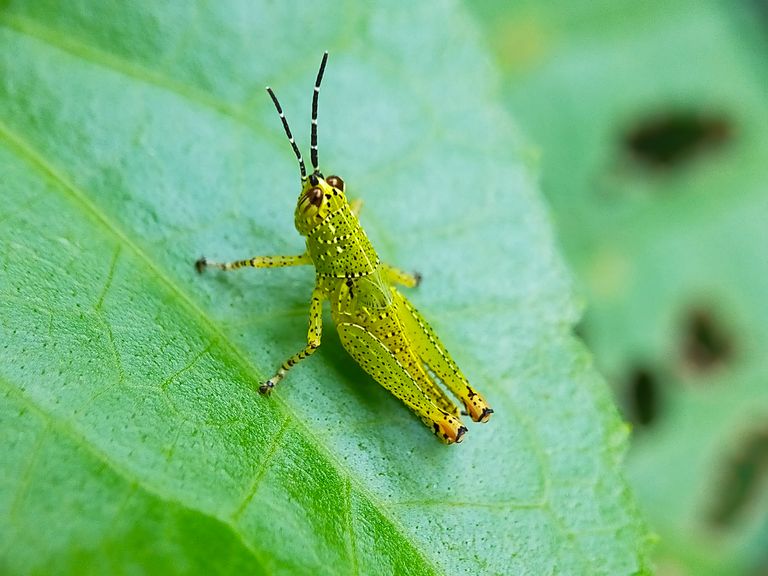
Even though we live in the present era, which is an all-modern era, but we as nature lovers are not spared what is called a nature reserve, which is a lot of life in this wild nature, as I want to tell you now, namely about grasshoppers. Grasshoppers are herbivorous insects from the suborder Caelifera in the order Orthoptera. This insect has antennae which are almost always shorter than the body and also has a short ovipositor. The sound made by some species of grasshoppers is usually produced by rubbing the hind femurs against the forewings or abdomen (called stridulation), or by flapping the wings while flying. The hind femurs are generally long and strong which are suitable for jumping. These insects are generally winged, although the wings are sometimes disabled for flight. Female locusts are generally larger than male locusts. Grasshoppers prefer open natural areas with valleys with lots of grass and other low plants, although several other species live in forests or wilderness. Some live on cliffs, soil and damp mossy rocks and consume moss. Many species of locusts that live in the grasslands often attack the surrounding farmer's fields. An excess population of locusts will be very detrimental to farmers if they attack crops on plantations. In several countries, locusts are consumed as a source of protein. For example, in southern Mexico, chapulines are favored because of their high protein, mineral and vitamin content. The locusts are usually collected at dusk, with the help of a lamp or flashlight, using a broom net.
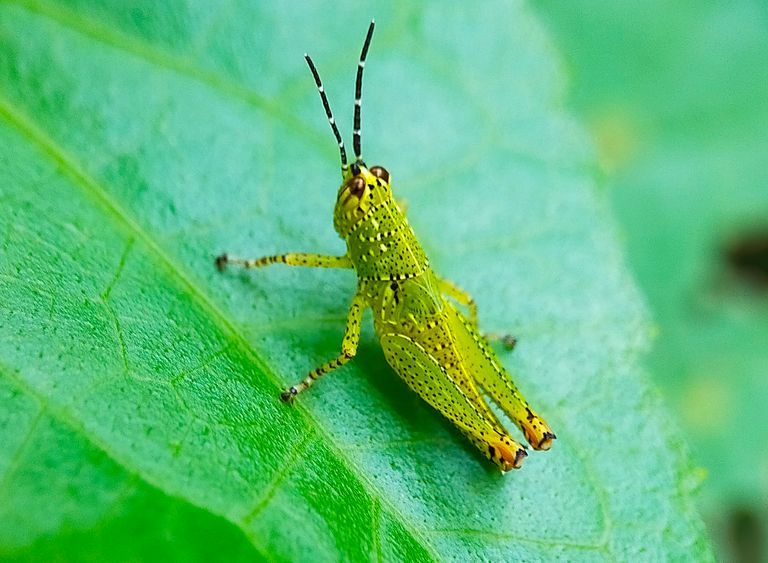
Furthermore, the grasshoppers are put in water for 24 hours, then they can be eaten raw or by boiling, sun-dried, fried, seasoned with garlic, shallots, chilies, given lime juice, and used for soup or as a filler for various dishes. The menu of locusts is quite abundant at food markets as well as street vendors in Central and Southern Mexico. At Chinese food markets, for example the Donghuamen Night Market, locust dishes are served using skewers. In several countries in Africa, locusts are an important food source besides several other types of insects. Grasshoppers are a source of protein and fat for the daily diet, especially during a food crisis. Usually grasshoppers are cooked in soup. Grasshoppers consumed in Uganda and some neighboring regions are called nsenene, although they are actually grass crickets. In some countries in the Middle East, locusts are boiled with salt, dried in the sun, and then eaten as a snack. In Gunungkidul Regency, Special Region of Yogyakarta, Indonesia, people usually process grasshoppers into fried grasshoppers (Javanese: Walang goreng). The types of locusts used are wood locusts and rice locusts which are usually plant-destroying pests. Many insects are predators for grasshoppers, for example various types of ants such as those in the genus Crematogaster.
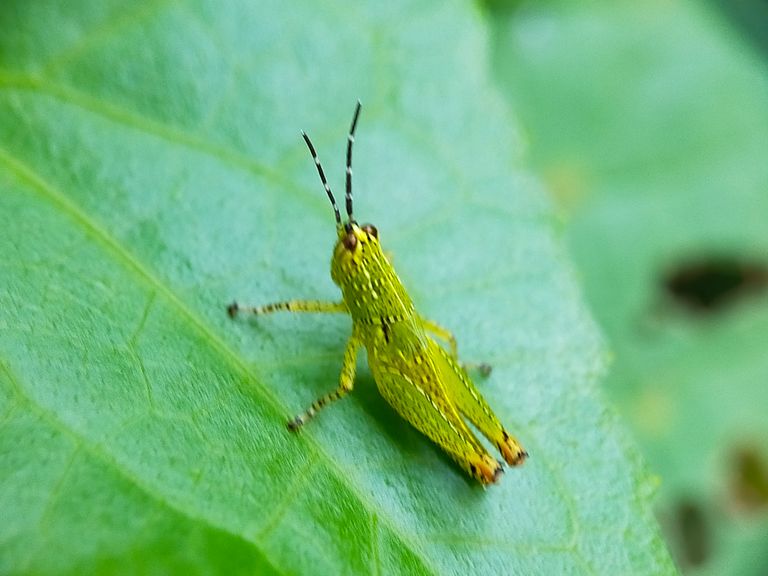
When the rice harvest season arrives, many locusts will infest the rice clumps, many people are waiting for that moment to catch the locusts. You have to catch the locusts at night to make it easier, then collect them one by one to sell to the market. There are also quite a lot of devotees because it tastes good and tasty, ". Have you ever eaten grasshoppers? Grasshoppers are wild animals, even considered as pests on this plant, it turns out to have a delicious and tasty taste. In addition to taste, the nutritional content in animals that we often encounter is also quite high. Although locust dishes are rarely found, in some areas these animals are still used as a food source which has its own advantages in taste. In Sijunjung Regency, West Sumatra province, for example, these insects are still maintained as food or side dishes. Grasshoppers are used by local residents by frying, curdling or rendang. Even though not many people look at this animal anymore for food, in certain circles grasshoppers are still a delicious and longed for food, especially when the rice harvest season arrives, traders in the market will sell a lot of grasshoppers to be processed into food. In general, people consume grasshoppers as an alternative food.
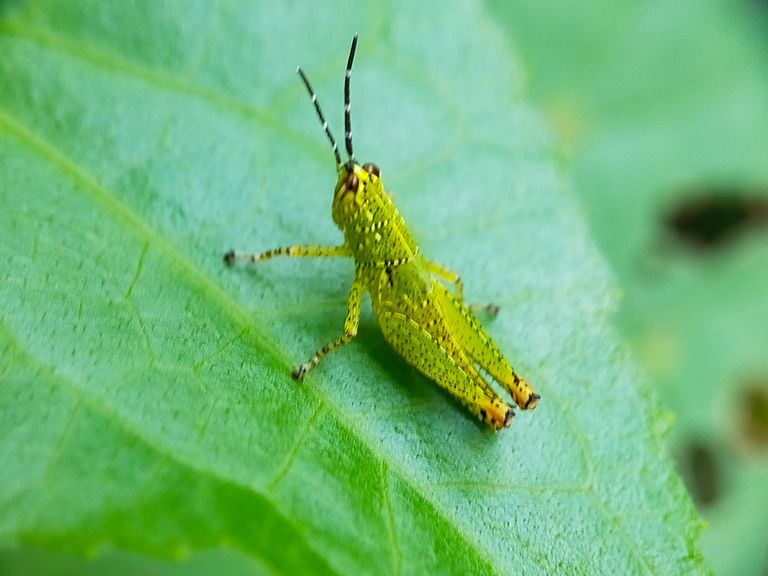
As in the Muaro Sijunjung Impres market, local residents are still looking for vendors selling locusts. In general, these traders come from Nagari Padang Laweh, Koto VII sub-district, where there are still many rice fields to catch locusts. The community admits that cooking the grasshoppers is seasonal because they are difficult to find. Among them, War (56), a resident of Nagari Muaro, who deliberately bought grasshoppers to be used as side dishes, he even bought in large quantities because they were going to process them to make rendang and send them as souvenirs outside the area. “Indeed, we deliberately bought grasshoppers to make rendang. These locusts are not always there, only seasonally when the rice harvest season arrives," he said, Tuesday (1/8). delicious and tasty. “There are not many people who like dishes made from grasshoppers or who understand how to prepare them, some even feel disgusted. Before cooking, the wings and hind legs of the grasshopper are cut first, then processed into food. They can be fried, curried or rendang with fern vegetables for a more enjoyable taste. In addition to a good taste, the content of locusts is also beneficial for the health of the body," he said.
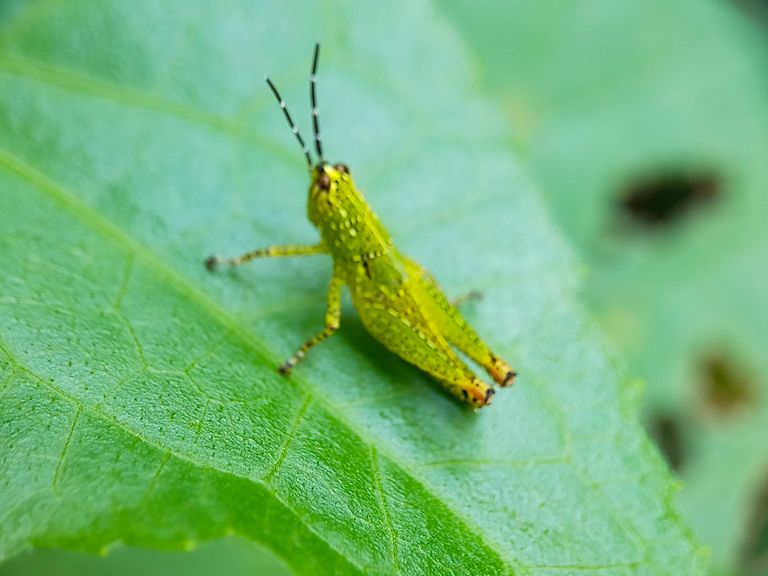
Added by Zul (58), a resident of Padang Laweh, Koto VII District, a locust seeker and also a locust food lover, said. "When the rice harvest season arrives, many locusts will infest the clumps of rice that have been cut, many people are waiting for this moment to catch the locusts. Catching grasshoppers should be at night to make it easier, then collect them one by one. There are quite a lot of devotees because it tastes delicious. The grasshoppers are sold limp and dead, but still look fresh. To collect a lot of locusts requires quite a long time, even overnight. Grasshoppers that can be sold have different types, meaning that not all types of grasshoppers are. This type of locust is green in color and small in size. The grasshoppers are sold in measuring cups, for one glass it costs Rp. Based on a quote from a website page about health which says, scientifically the nutritional content in locusts cannot be taken lightly. Grasshoppers are no less nutritious than other sources of protein such as beef. Grasshoppers are animals that have various types of important nutritional content such as protein, vitamins, essential fatty acids and minerals. The article also says that locusts that are still fresh have a protein content of around 20 percent, but dry ones are around 40 percent. Grasshopper skin also contains chitosan like shrimp. But depending on the type of locust, in certain seasons there are types of stripe that have a higher vitamin content. Grasshoppers can also meet 25 to 30 percent of vitamin A needs.
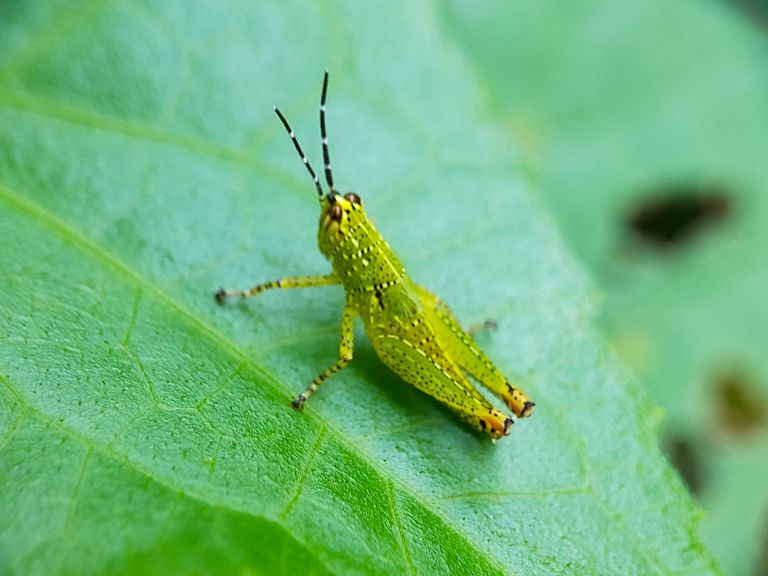
Grasshoppers are an example of an insect that undergoes incomplete metamorphosis. In its changes, grasshoppers do not experience the cocoon or pupa stage like butterflies which go through perfect metamorphosis. The metamorphosis of grasshoppers only goes through the stages of egg, nymph and adult (imago). Imperfect metamorphosis or hemimetabola is the process of changing the shape of an animal that is not complete. Animals that undergo incomplete metamorphosis can be characterized by the shape of young animals similar to their parents, but there are body parts that have not yet been formed, for example wings. Grasshoppers are also insects that often become pests of farmers. Its greedy nature makes the leaves of plants eaten up. However, locusts also have an important role. These animals are able to maintain the balance of the ecosystem, especially the paddy field ecosystem. Grasshoppers become prey for various types of birds. However, where do locusts come from? How do locusts reproduce? Let's find out the three stages of metamorphosis of the grasshopper in full along with the explanation summarized from the IPA module published by the Ministry of Education and Culture,
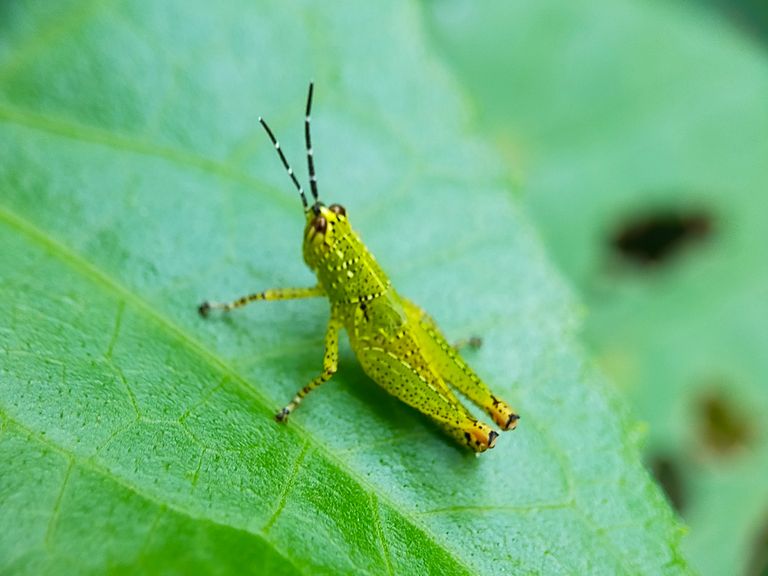
Valanga nigricornis or often referred to as the Wood Locust is an insect from the Orthoptera order and the Acrididae family. This insect has a life phase of egg, nymph, and adult (incomplete metamorphosis). Eggs are usually laid in the soil 5-8 cm deep covered with a hardened foam mass. Generally the eggs hatch at the beginning of the rainy season (October – November) (Setiawan 2008: 4). The eggs are cylindrical in shape with a tapered anterior end and rounded at the other end. Valanga nigricornis has a different number of stages in the nymphal phase based on sex. Males generally have 6 instar stages, while females generally have 7 instar stages. In the larval phase, this insect has a light green body color resembling the color of grass. When it is in the third or fourth instar stage, a yellow color will appear on the body which causes the body color to slowly turn greenish yellow (Kok 1971: 441) as shown in figure 1. In the adult stage, this insect has a brownish gray body color with a body length ranging from 58-71 mm for females and ranging from 49-63 mm for males. The distribution area of Valanga nigricornis includes Southeast Asia and the Pacific Islands such as Indonesia, Malaysia, Singapore, the Philippines, Brunei Darussalam, Papua New Guinea, the Solomon Islands, as well as the southern parts of Thailand, Cambodia and Vietnam as marked with a yellowish brown color.
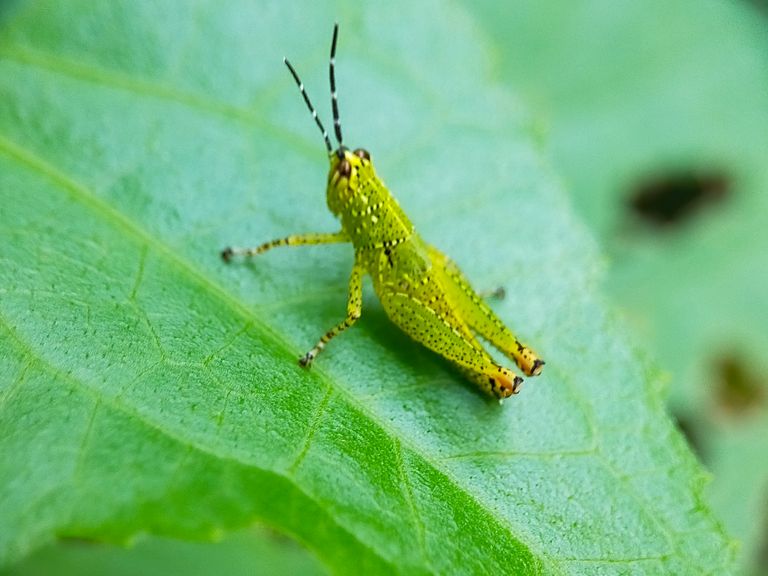
Valanga nigricornis generally breeds in teak forests, but if there are no teak trees this insect will move to the surrounding plants (Setiawan 2008: 4). Agricultural commodities that were also attacked included coffee, cocoa, coconut, corn, bananas, mangoes, kapok, cotton, sugarcane, cassava, and others so that Valanga nigricornis was included in the category of polyphagous pests. In the oil palm commodity, Valanga nigricornis attacked the edges of young leaves during the oil palm seeding period. Even though the damage caused is relatively light, if the population is high it can cause stunted plant growth and can even cause plant death. Based on data from Plant Pest Organisms (OPT) attacks compiled by the Directorate General of Plantations in 2019 and 2020, Valanga nigricornis was recorded as attacking the oil palm commodity. , Tobacco, and Cashew. In the Palm Oil commodity, this OPT attacked the provinces of Aceh and South Kalimantan, respectively 10 Ha and 32 Ha which were classified as light attacks. In the tobacco commodity, this OPT attacked the province of Central Java with an area of 15.34 Ha with light attack intensity. Meanwhile, for the Cashew commodity, this OPT attacked West Nusa Tenggara province in the amount of 735 Ha with details of 508 Ha classified as light attack intensity and 227 Ha classified as heavy attack intensity.
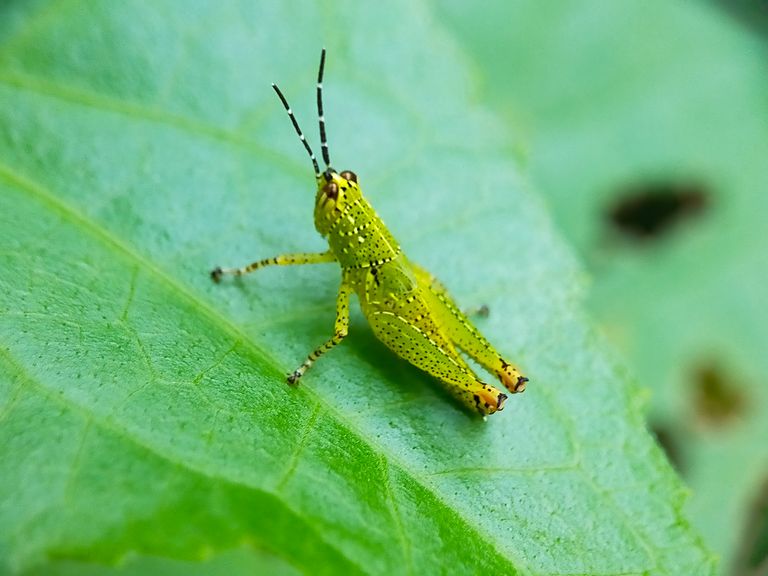
One way to control the Valanga nigricornis pest is by administering the Beauveria bassiana Biological Control Agent (APH), which is effective in suppressing the growth of the Valanga nigricornis population. Setiawan (2008: 23) in his research, states that Beauveria bassiana is an agent that has the ability to suppress Valanga nigricornis attacks on Deli Tobacco leaves. The right concentration to suppress attacks of Valanga nigricornis is 200 grams/liter of water. The application of Beauveria bassiana is done by diluting it with 1 (one) liter of water and then spraying it directly on the plants which is done in the afternoon with an interval of 10 (ten) days. The research was conducted in November 2007 or during the rainy season in Indonesia. Dewantara et al. (2017: 1–14) tested the effectiveness of Beauveria bassiana as a pest control for Wood Locust (Valanga nigricornis). The results of applying Beauveria bassiana with a conidial density of 108 conidia/ml were the most optimal with a mortality rate of 43.33%. The application was carried out by spraying the conidia suspension of Beauveria bassiana from above towards the thorax and abdomen of the grasshopper in the afternoon, with a conidia density of 108 conidia/ml being the most optimal however, the mortality rate of 43.33% was still quite low.
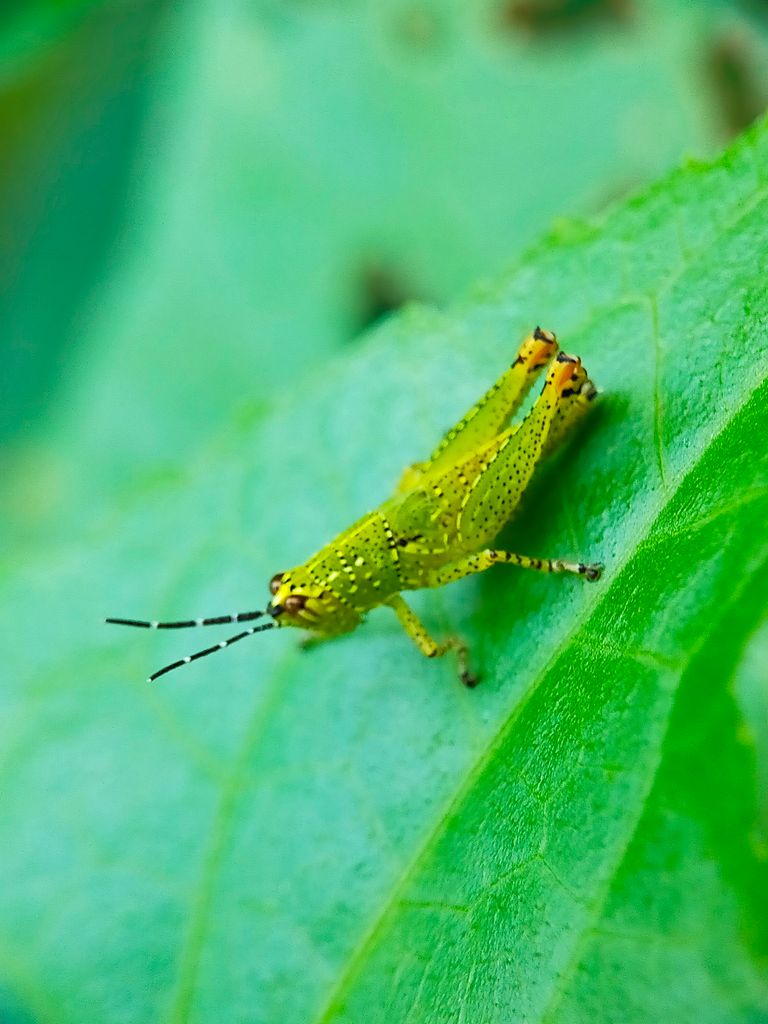
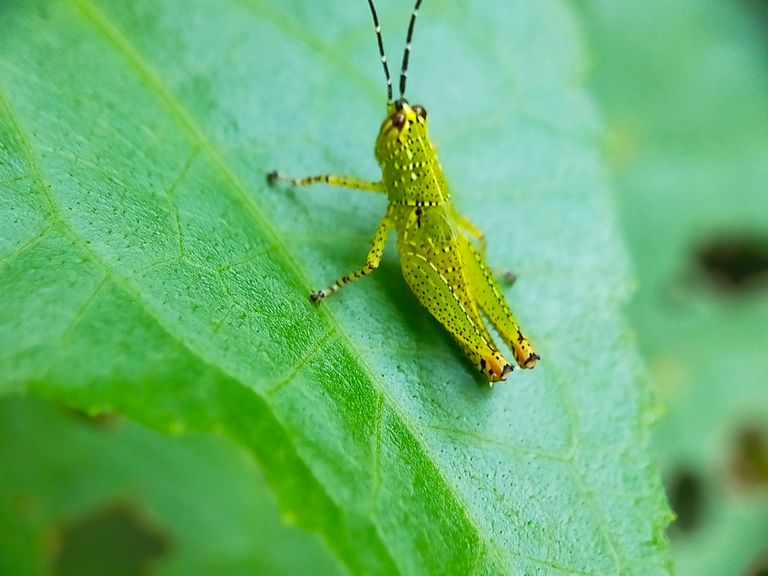

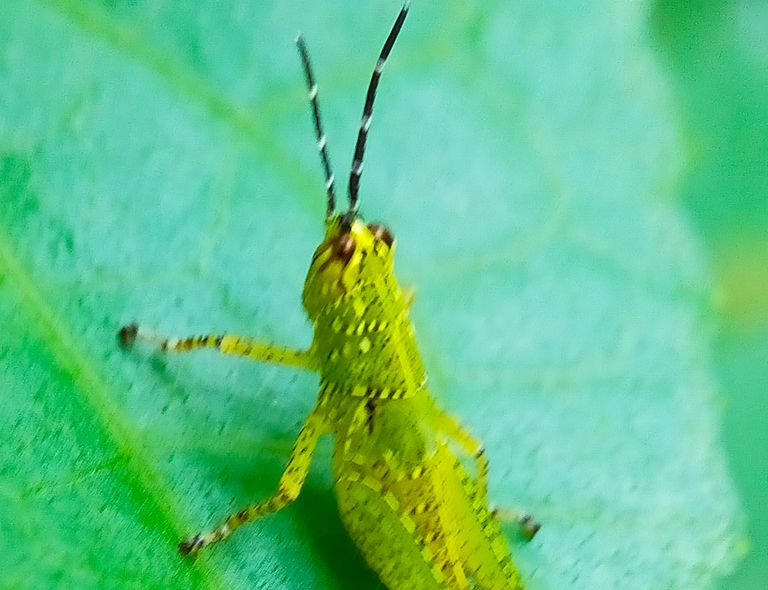
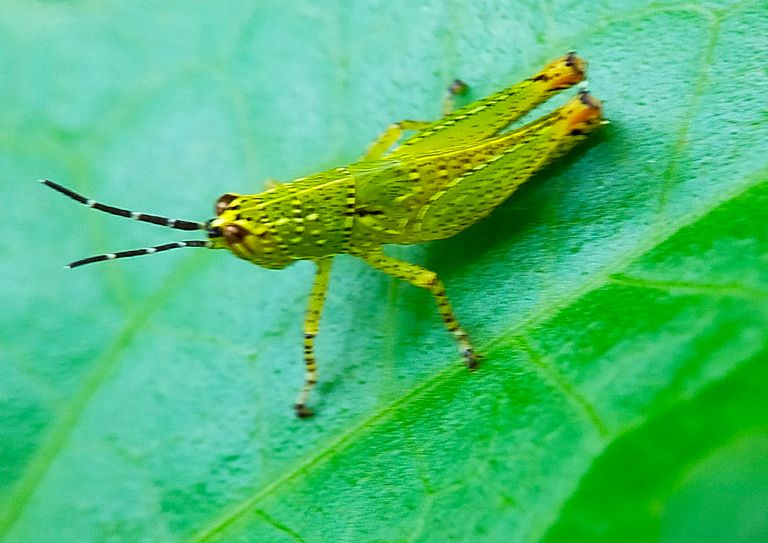
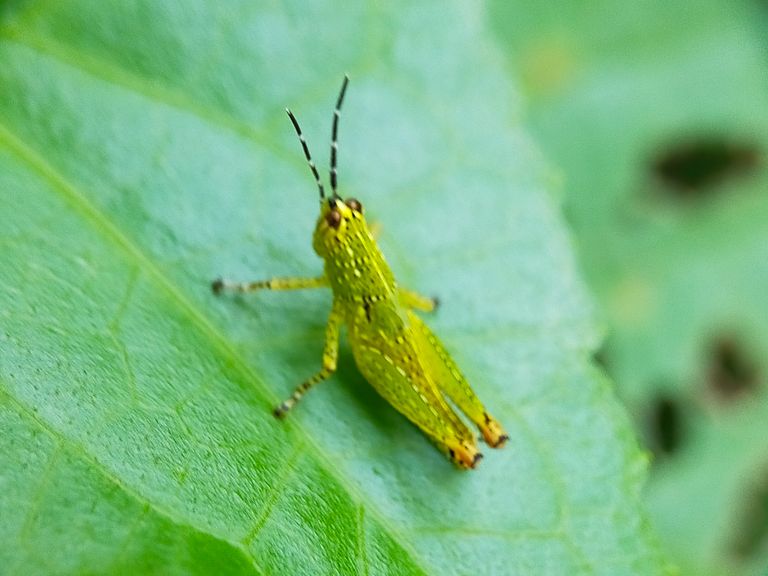
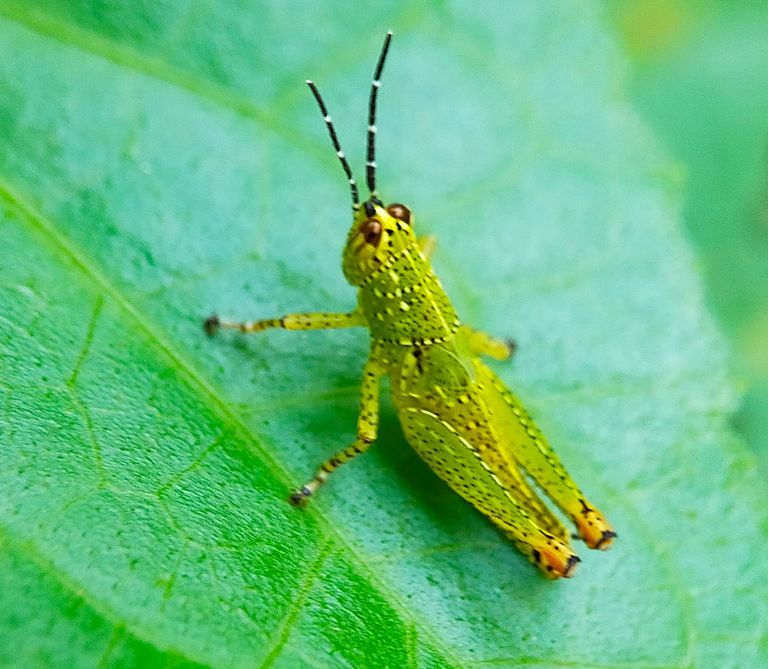
This is all I can say more and less I apologize, hopefully it will be useful for me, and hopefully it will be useful for all readers in general, thank you for visiting my blog, don't forget to follow and vote for my posts. , and one more thing, don't forget to share this post with other friends.
Thank you for visiting my blog, don't forget to follow and vote for me to post, and others don't forget to share this post with other friends.
Greetings to all on Blurtter...
** Your post has been upvoted (3.46 %) **
Curation Trail is Open!
Join Trail Here
Delegate more BP for bigger Upvote + Daily BLURT 😉
Delegate BP Here
Upvote
https://blurtblock.herokuapp.com/blurt/upvote
Thank you 🙂 @tomoyan
Congratulations, your post has been curated by @r2cornell, a curating account for @R2cornell's Discord Community.